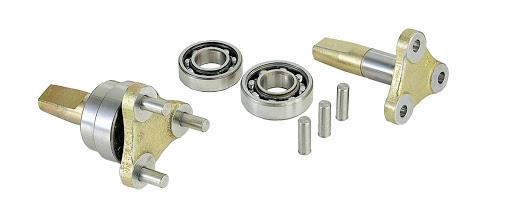Complex Engineering Design Management Simplified with Ostendo Phantoms
A large manufacturer of capital equipment needed to improve how they managed the design specifications of their products.

Their Bills of Material were complex, comprising thousands of parts and were up to seven levels deep at times. Specifications and drawings were constantly being updated as designs improved and the manufacturing process was streamlined. Updating changes in Bills of Material was a time consuming task that carried a high risk of error in missing an important update to one of the bills of materials.
This is where a little understood function in Ostendo called ‘Phantoms’ made an immense difference. The term is not as mysterious as it sounds. Phantoms are given a part number and a bill of materials, but they are not manufactured, stocked or sold as an item in its own right. They are called phantoms because they don’t actually exist as an item. They are used to define and manage subassemblies of parts that are common in many bills of materials, but are not manufactured as an item in their own right.
Instead of having to enter and maintain the same list of components in every applicable bill of materials, the phantom item only needs to be listed in each bill of material. When a work order is created to manufacture the parent item the component parts of the phantom bill of materials explode into the work order instead of creating a demand for a separate work order to manufacture the phantom item.
This is a very convenient way of maintaining specifications of subassemblies that are common across many complex multi-level bills of materials. The specification of a phantom assembly can be updated once in the phantom bill of materials and all bills of materials containing the phantom part are automatically updated. Revision tracking can be used to record changes in specification. This significantly improves accuracy and efficiency in the engineering change management process and simplifies the implementing of engineering change notices. Phantoms can also be used very effectively to efficiently lay out and structure complex multi-level bills of materials in an orderly manner.
